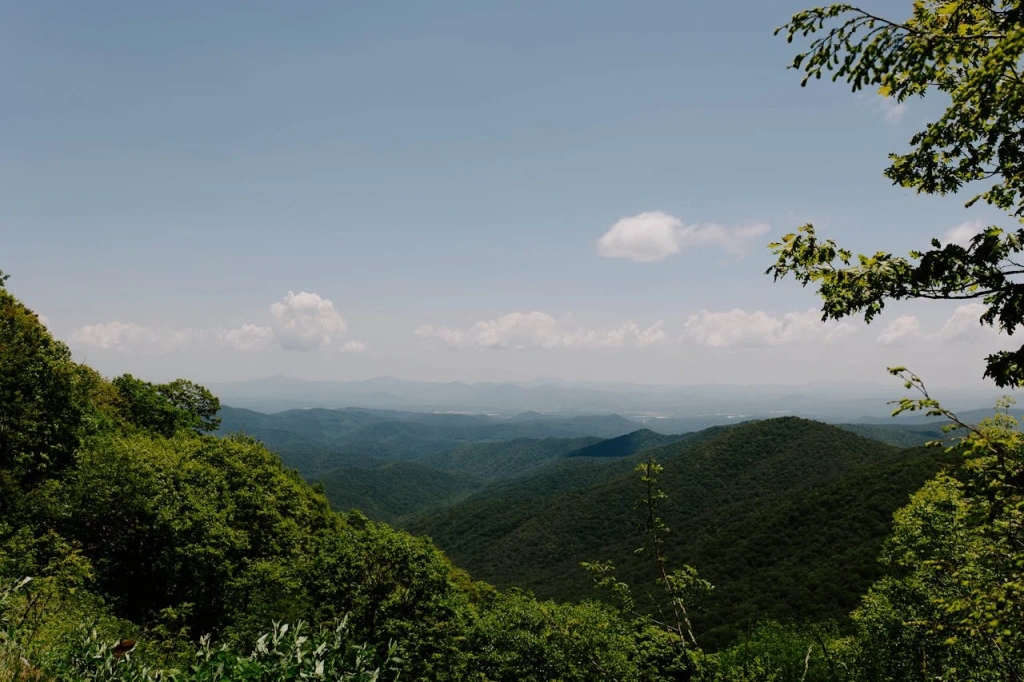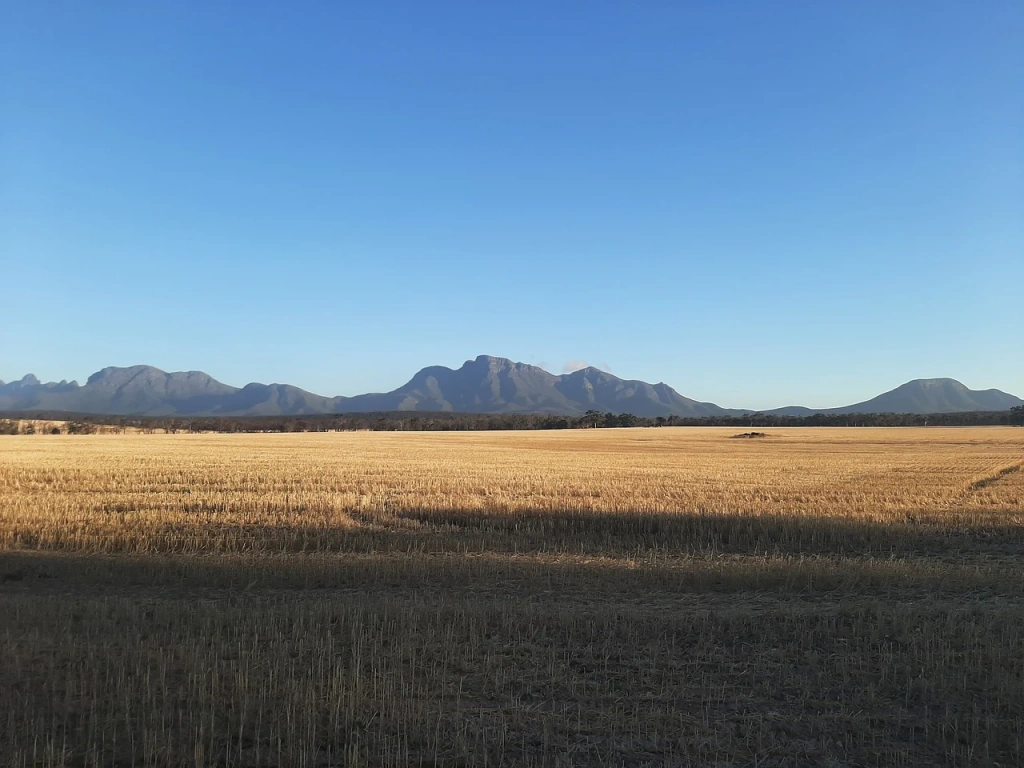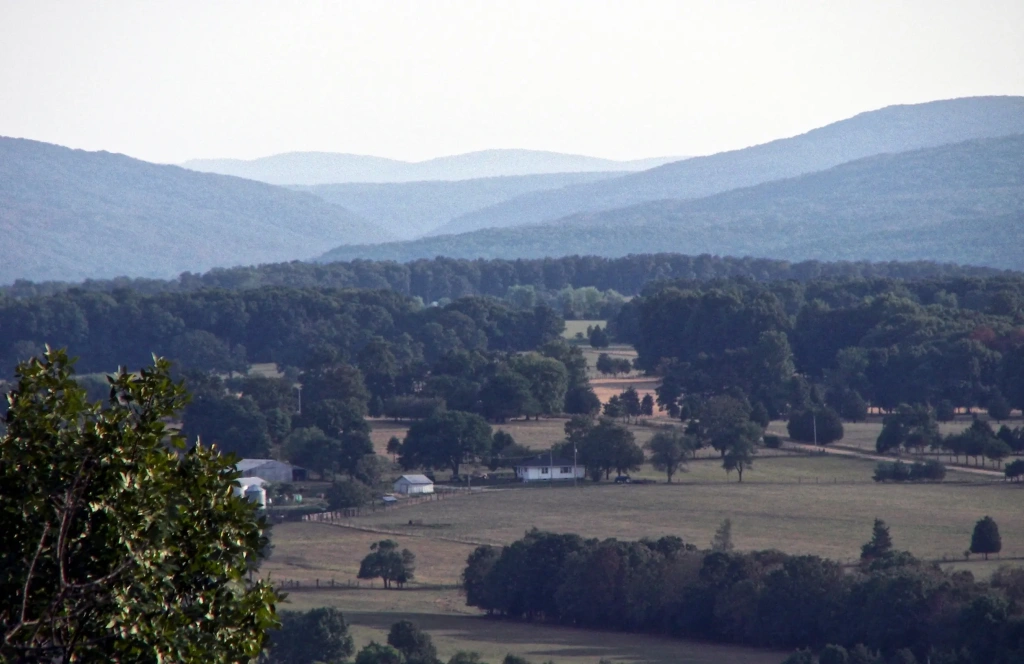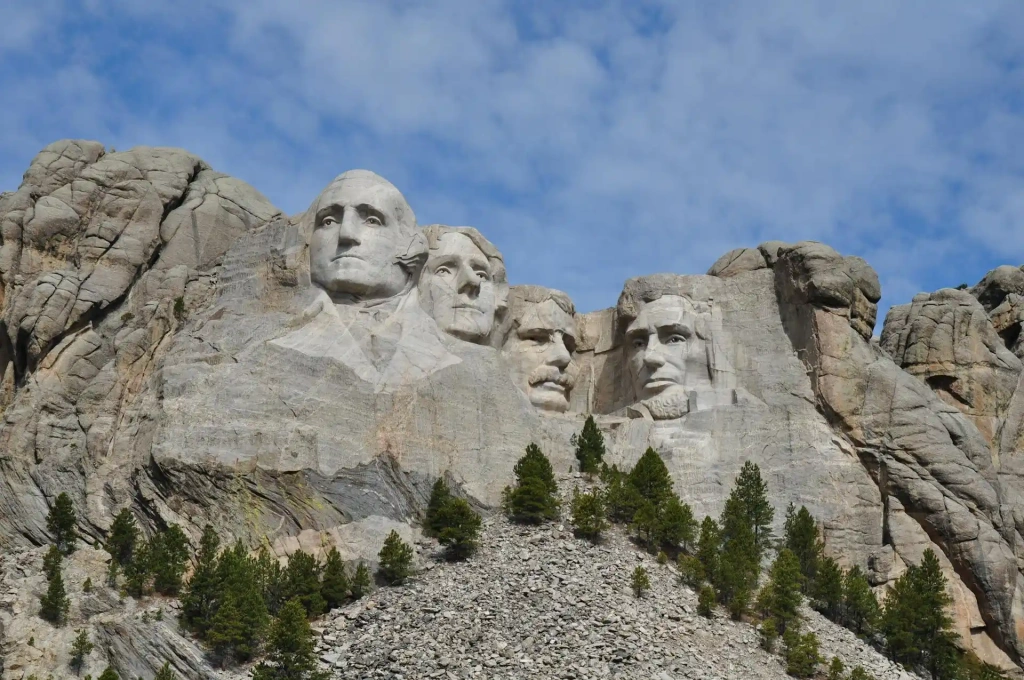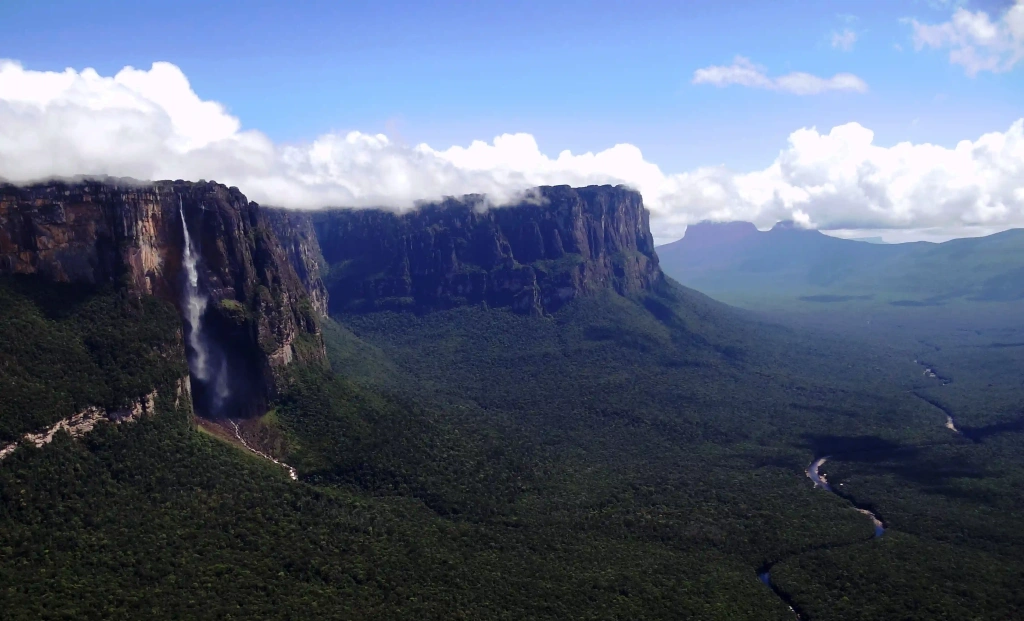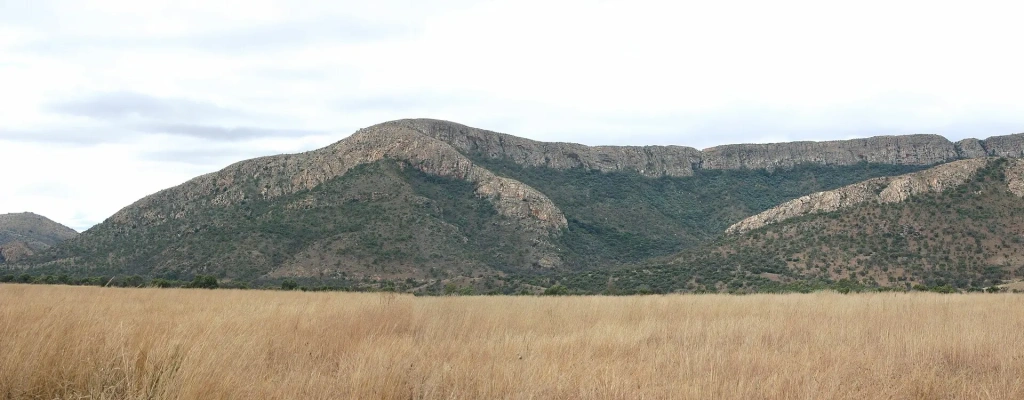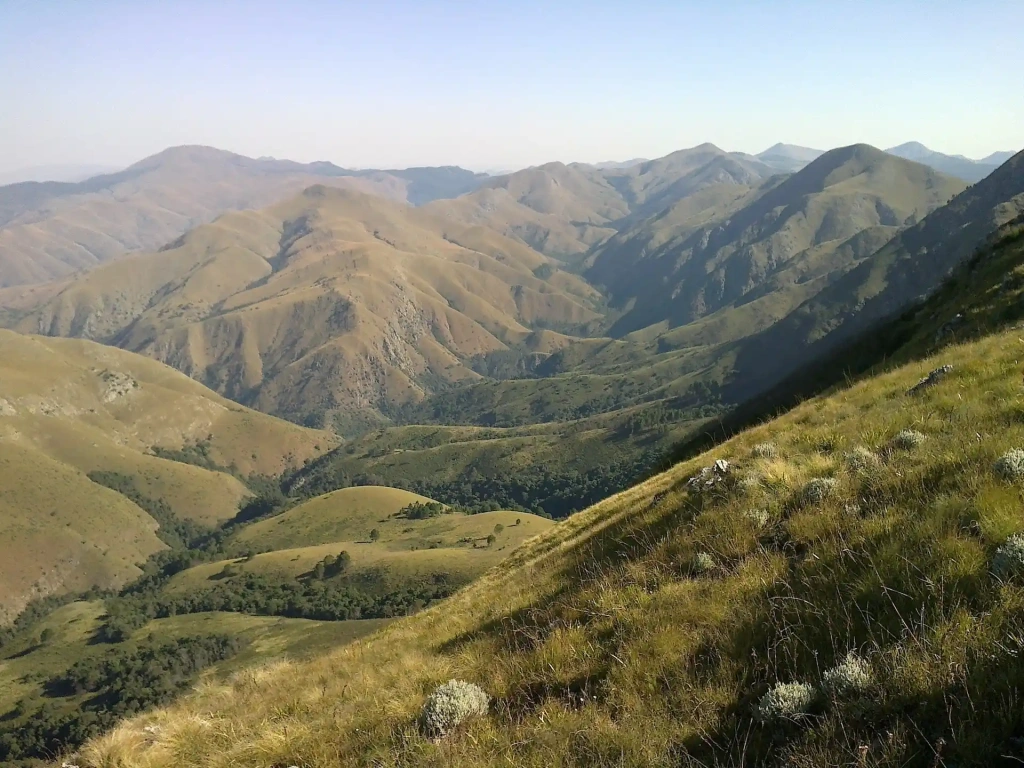What's the most notable mountain in the world? Many would instantly think of Everest, the highest peak on Earth. However, Everest is relatively young, practically newborn compared to the world's most ancient mountains. These old mountains, some dating back billions of years, are not just geological wonders; they are also steeped in cultural and historical significance. They have shaped the land, influenced weather patterns, and deeply impacted the lives and traditions of the surrounding communities. In this article, we'll take a journey through the ten oldest mountains on Earth, exploring their historical importance and the lasting influence they've had on the world around them
Referring to Everest as a “newborn” isn’t a jab at Nepal's tourism industry but simply a scientific fact. The American Museum of Natural History in New York explains that towering mountain ranges like the Himalayas are typically young. At the same time, lower peaks usually result from millennia of erosion caused by wind and rain. So, rest assured—give it another billion years, and none of the “Seven Summits” will still be considered the highest points on their continents.
How are mountains formed?
Let's keep it simple—just like the experts at the American Museum of Natural History in New York. The world’s tallest mountain ranges are formed by plate tectonics, which is when large sections of the Earth’s crust collide. This collision pushes rock layers upward, much like a car hood crumpling in a crash, and creates a mountain range. The Himalayas were formed through this exact process. Before their dramatic rise, these mountains were the floor of an ancient ocean.
Another way mountains can form is through volcanic activity. When a volcano erupts, lava flows out and solidifies, gradually building up layers over time to create a mountain. This process can also result in the formation of ancient volcanic islands, where such volcanic activity has shaped the landscape into mountainous terrain. Kilimanjaro, one of the largest extinct volcanoes in the world and the highest peak in Africa, is a prime example. Interestingly, it’s also the tallest free-standing mountain in the world, which makes climbing Kilimanjaro quite special. Other well-known volcanic mountains include the Hawaiian Islands and Mount Fuji in Japan.
Top 10 oldest mountain ranges in the world
10. Laurentian Mountains
Location: Canada
Highest Peak: Mount Raoul Blanchard, 1,165 meters (3,825 feet)
Age: Approximately 1 billion years
The Laurentian Mountains in eastern North America are part of the Canadian Shield, one of Earth's oldest geological formations. These ancient slopes have stood since the days of Pangaea, the supercontinent that once united nearly all landmasses, and were formed roughly a billion years ago. Despite their ancient origins, the first reliable records of people living in this region only date back to 1535.
That year, French explorer Jacques Cartier encountered several settlements in the valley between the villages of Stadacona and Hochelaga. He detailed his journey in a report that was published in France in 1863.
By 1608, when French explorer Samuel de Champlain arrived, there were no signs of the Laurentian people in the area. However, in the 20th and 21st centuries, archaeologists uncovered more settlements and concluded that the Laurentian people were probably wiped out in intertribal conflicts.
Today, the Laurentian Mountains are a popular tourist destination. The first ski lift in North America was installed here in 1931, and by the end of that decade, the slopes were packed with tens of thousands of skiers. Mont-Tremblant is the most well-known town in these ancient peaks, drawing visitors year-round. In winter, people flock there for skiing, snowboarding, dog sledding, and snowmobiling. In summer, the area offers hiking, kayaking, cycling, and even golfing.
9. Blue Ridge Mountains
Location: USA
Highest Peak: Mount Mitchell, 2,037 meters (6,685 feet)
Age: Around 1.2 billion years
The Blue Ridge Mountains are an incredibly popular destination in the eastern United States, drawing over 11 million tourists annually with their dense forests, rivers, lakes, and cascading waterfalls. The Blue Ridge, estimated to be around 1.2 billion years old, is integral to the Appalachian Mountains' identity.
According to the United States Geological Survey, the Appalachian Mountains began forming around 470 million years ago, with significant development occurring about 270 million years ago when two continents collided. Situated on the southeastern edge of the Appalachians, the region's geological features are a key reason why this mountain range is considered one of the oldest in the world.
The mountains’ distinctive blue hue comes from a special hydrocarbon called isoprene, which is released by the oak and aspen trees in the area. From a distance, this substance creates a blue haze that covers the slopes of the mountains.
8. Stirling Range
Location: Australia
Highest Peak: Bluff Knoll, 1,100 meters (3,605 feet)
Age: Approximately 1.3 billion years
The Stirling Range is located in the coastal zone of Western Australia and is part of the national park of the same name. These mountains were formed through the movement of the Australian tectonic plate and are known for their jagged peaks and cliffs.
Bluff Knoll has always been significant to the local Indigenous people, who called it Pualaar Miial, meaning “Many eyes.” The mountain, often wrapped in mist, was avoided by the Aboriginal people in the area because they believed it was the home of the spirits of the dead. Today, Bluff Knoll is a popular tourist destination, offering stunning views of the surrounding landscape from its summit.
Snow often falls on Bluff Knoll, and whenever the Bureau of Meteorology forecasts it, tourists from across the southwest rush to see this event.
7. St. Francois Mountains
Location: USA
Highest Peak: Taum Sauk Mountain, 540 meters (1,770 feet)
Age: Over 1.5 billion years
The St. Francois Mountains are another example of volcanic mountain formation. Tourists are drawn to their rugged peaks, crystal-clear streams, dense forests, and caves. For industrialists, the region is famous for its rich lead deposits, which account for about 90% of lead production in the United States.
The highest peak in the range is Taum Sauk Mountain. It's only about 540 meters tall, however, geologists believe it was one of the few mountains that wasn't submerged by ancient seas. During much of the Paleozoic era, the peaks of the St. Francois Mountains were islands in shallow waters. On the lower slopes, you can still find fossilized corals and remnants of ancient reefs.Today, the region is home to five natural parks. According to the Missouri Department of Conservation, hundreds of rare plant species, fish, birds, and mammals inhabit the area.
6. Black Hills
Location: USA
Highest Peak: Harney Peak, 2,208 meters (7,245 feet)
Age: About 1.8 billion years
The Black Hills hold immense historical, cultural, and economic importance for both the United States and its Indigenous peoples. Located in South Dakota, they are the oldest mountain range in North America.
The Native American tribes who first settled in this region considered these mountains sacred. They named them “Paha Sapa” or “Black Hills” and, in the late 18th century, were forced to fight with the U.S. Army to protect their ancestral lands.
This story begins in 1874 when an expedition led by American officer George Custer discovered gold in the Black Hills. At that time, an agreement between the Native Americans and the U.S. government had reserved the Black Hills for the indigenous peoples, and white settlers were prohibited from entering the area. But after Custer's discovery, the agreement was ignored, and thousands of gold seekers rushed to the sacred Black Hills, sparking the infamous Black Hills Gold Rush.
The indigenous tribes began attacking expeditions to stop the influx of newcomers. The situation escalated when the U.S. government, ignoring the treaty, decided to relocate the Native Americans to reservations and claim the mountains for itself, leading to the Black Hills War.
During this period, a new town, Deadwood, emerged in the region. It has survived to this day and is now a national historic landmark. The largest gold mine, the Homestake Mine, operated until 2002, extracting more than 40 million ounces of gold.
The Black Hills are also famous for Mount Rushmore, where the faces of four American presidents—George Washington, Thomas Jefferson, Theodore Roosevelt, and Abraham Lincoln—are carved into the rock. The creation of this monumental sculpture took place from 1927 to 1941. Today, the memorial attracts over two million visitors each year.
In addition, the region is home to the Wind Cave National Park and the Jewel Cave National Monument, the two longest cave systems in the world, stretching 150 and 180 miles respectively. Both of these cave systems are underground. The Black Hills are also known for having the largest Columbian mammoth graveyard on the continent. The remains were discovered by a construction crew in 1976. Excavations are still ongoing, though a museum has already been established at the site.
5. Guiana Shield
Location: South America
Highest Peak: Pico da Neblina, 3,015 meters (9,888 feet)
Age: 1.7 to 2.1 billion years
The Guiana Shield stretches from Venezuela to Guyana and Brazil, covering much of northern South America. It’s one of the oldest mountain ranges in both South America and the world, dating back up to 2.1 billion years. This region is known for its rugged terrain, table-top mountains, and tropical rainforests, which are home to rare plants and animals. It hosts around 300 mammal species, up to 500 reptile species, and over 1,000 bird species.
Another notable feature of the Guiana Shield is the presence of some of the world's largest waterfalls, including Angel Falls, Kaieteur Falls, and Cuquenan Falls. The region is also rich in natural resources like gold, diamonds, iron ore, and manganese, but the dense forests have kept these resources largely untapped.
The Guiana Shield has been home to various indigenous tribes for centuries, with an estimated population of around 1.5 million. These communities are known for their reluctance to engage with the outside world. They primarily engage in livestock farming, agriculture, hunting, and fishing.
4. Magaliesberg
Location: South Africa
Highest Peak: Nooitgedacht, 1852 meters (6,075 feet)
Age: About 2.3 billion years
Have you heard of the World Heritage site known as the “Cradle of Humankind”? Well, we’re here. The Magaliesberg mountain range is located in South Africa’s North West Province. This area is famous for having the highest concentration of hominid fossils, with remains dating back about 3.5 million years. Research continues in this region, and UNESCO regards these fossils as proof that Africa is indeed the “Cradle of Humankind.”
The Magaliesberg has been a site of cultural and societal transitions for millions of years. Once part of an ancient shallow sea, these mountains were once home to early hominins, ancient tribes, and later, farming communities. Today, they stand as a natural archive of human evolution, preserving evidence of early fire use, rock art, and stone walls.
But the Magaliesberg is not only renowned for its staggering historical significance. It is now a UNESCO-protected natural area, home to over 300 species of rare birds and countless animals, including leopards, hyenas, baboons, zebras, and more.
3. Waterberg Mountains
Location: South Africa
Highest Peak: Geelhoutkop, 1805 meters (5,920 feet)
Age: Approximately 2.8 billion years
The Waterberg Mountains in Limpopo Province, South Africa, are rich in historical and cultural significance, comparable to the Magaliesberg. This area has produced important discoveries, including early human remains and various signs of evolution, from cave art to ancient settlement ruins.
The area is a protected zone, renowned for its stunning mountain landscapes, striking red sandstone cliffs, and diverse wildlife. Since 2001, it has been under UNESCO protection, ensuring the preservation of its unique natural and historical heritage.
2. Hamersley Range
Location: Australia
Highest Peak: Mount Meharry, 1253 meters (4113 feet)
Age: Approximately 3.4 billion years
The Hamersley Mountain Range, located in Western Australia, boasts a rich history that dates back billions of years. The origins of this range can be traced to the formation of ancient crystalline rocks, which are among the oldest on the planet.
Before European explorers arrived, the mountains were inhabited by local Aboriginal people. In 1861, English traveler Francis Thomas Gregory discovered the range and named it after Edward Hamersley, the sponsor of his expedition. Hamersley later became one of the first settlers in colonial Western Australia.
For the general public and the scientific community, the Hamersley Range is a natural reserve, the largest national park in the country, known for its mountain landscapes, waterfalls, gorges, and unique flora and fauna that have developed over billions of years. For the Australian authorities, however, it is a source of revenue. The range has another notable feature that is both economically important and environmentally challenging: it contains vast deposits of iron ore. Extracting about 100 million tons of this ore each year is a key part of the country's economy.
Mining operations also occurred near Juukan Gorge, where traces of human habitation dating back 46,000 years were found—an exceptionally rare discovery on the continent. In 2020, Rio Tinto destroyed the gorge while expanding the mine, sparking a global scandal. This led to investigations and widespread discussions about the need for changes in Australia’s laws.
1. Barberton Makhonjwa Mountains — oldest mountain in the world
Location: South Africa and Eswatini
Highest Peak: 1,800 meters (5,905 feet)
Age: Approximately 3.6 billion years
If we ever solve the mystery of how continents formed and how life emerged on Earth, it will likely be here, in Africa, within the Barberton Makhonjwa Mountains.
According to NASA, hidden beneath the hills and valleys of this oldest mountain range are some of the most ancient and well-preserved layers of volcanic and sedimentary rocks, which hold evidence of the earliest forms of life on Earth. Some rock formations are estimated to be between 3.2 and 3.6 billion years old. Because of this, Barberton is often referred to as the “Genesis of Life.”
In 2014, scientists reported finding evidence of the largest known impact event on Earth in the Barberton region. They proposed that the catastrophe might have occurred about 3.2 billion years ago, roughly a thousand kilometers from the mountain range. The size of the crater, which has yet to be found, was estimated to be between 37 and 58 kilometers (23 to 36 miles).
In 2019, an extra-terrestrial matter was discovered in the Barberton region, estimated to be 3.3 billion years old. According to scientists, this discovery supports the theory that organic compounds from space arrived on Earth via meteorites and acted as the “building blocks” for forming life on our planet.
Research into the ancient rocks of the world's oldest mountain range continues to this day. The site is protected by UNESCO.






 Get Your Packing List
Get Your Packing List 
 Message us on WhatsApp
Message us on WhatsApp 













